
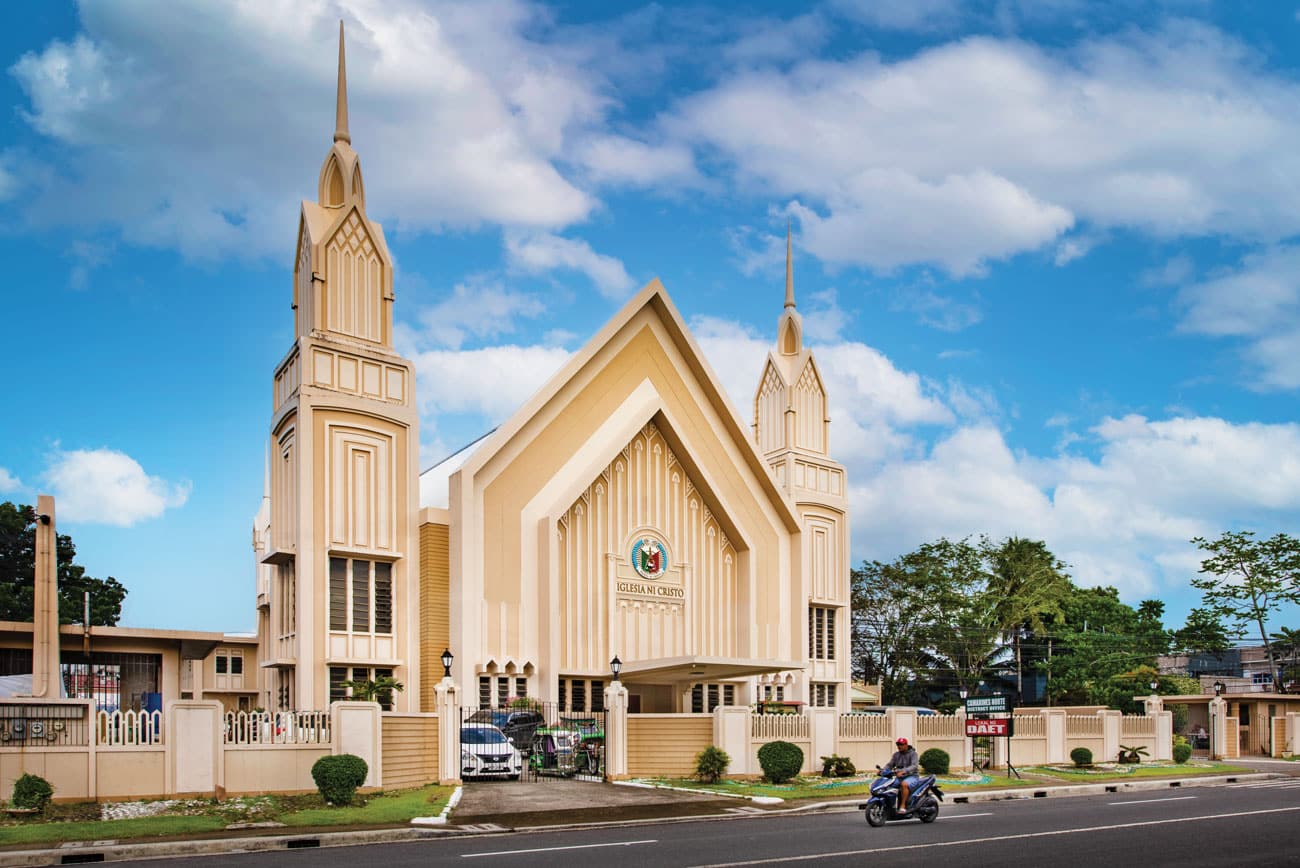
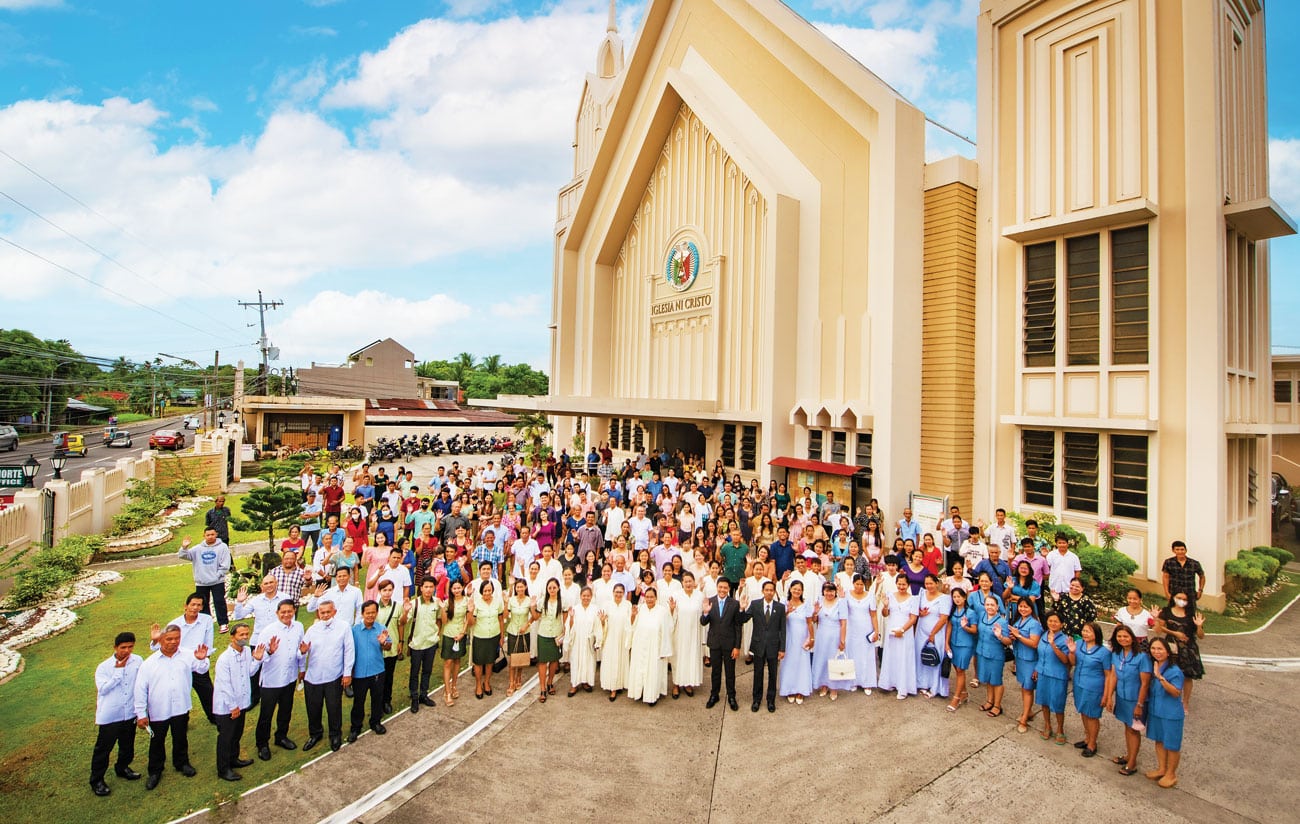
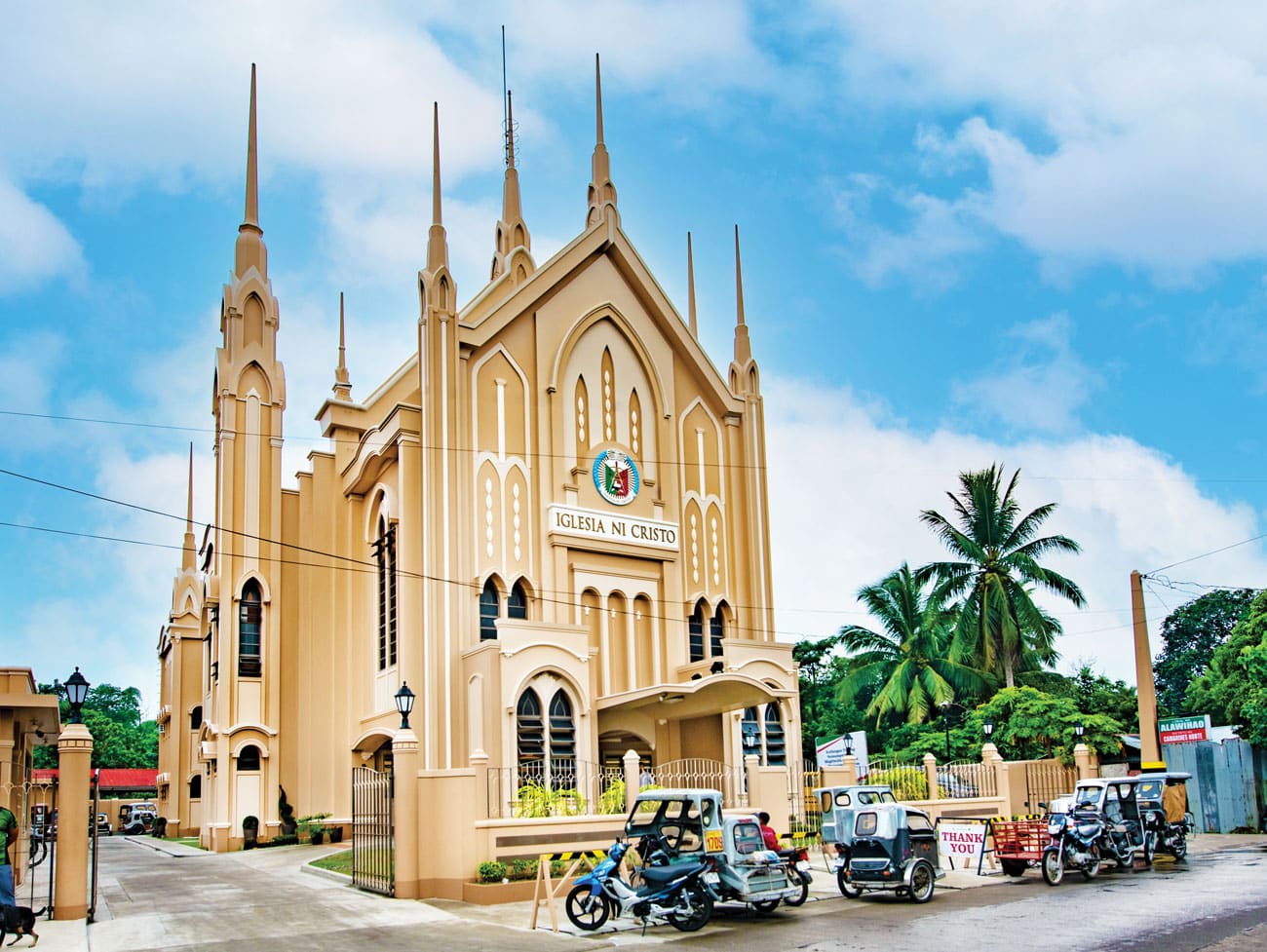
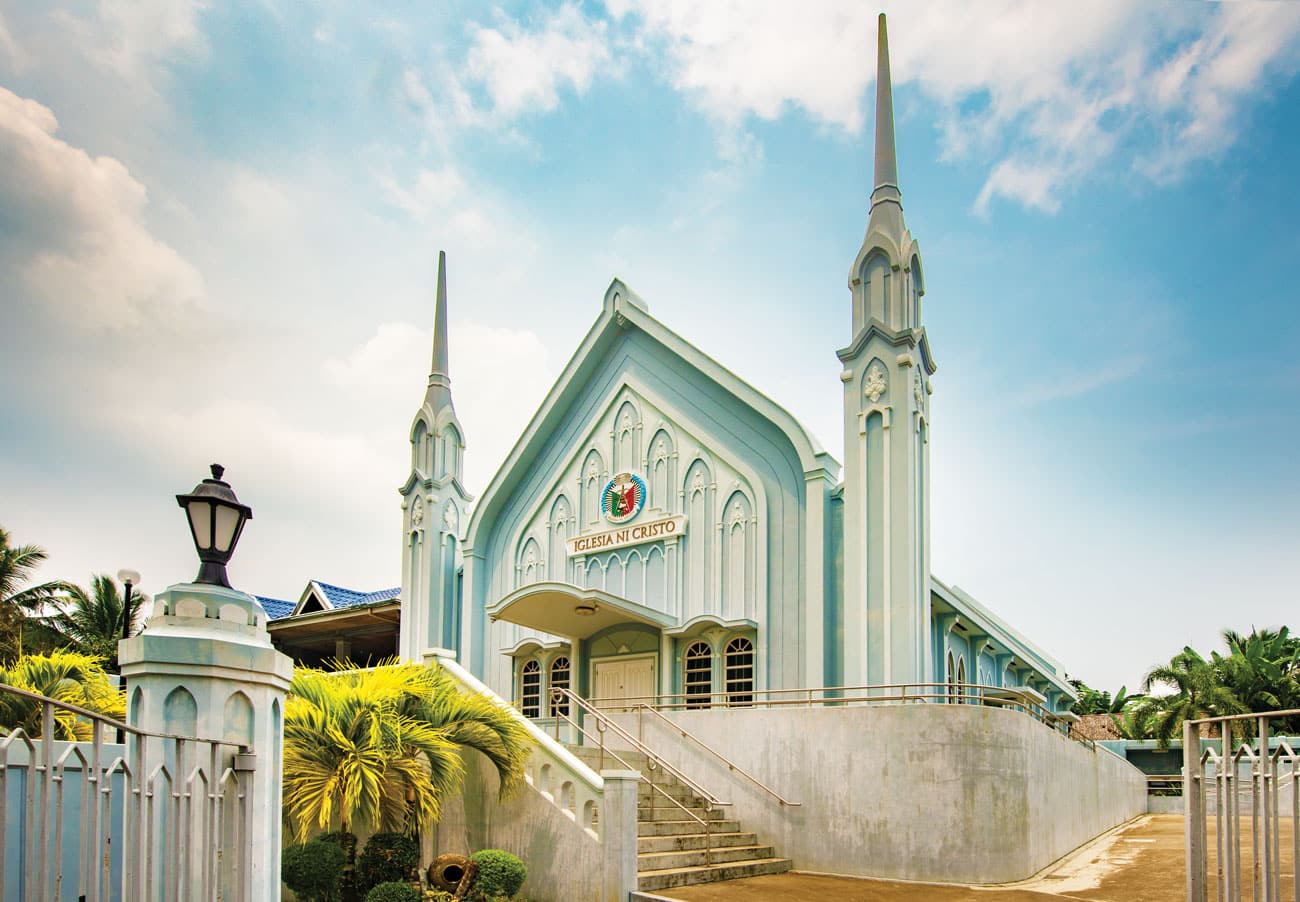
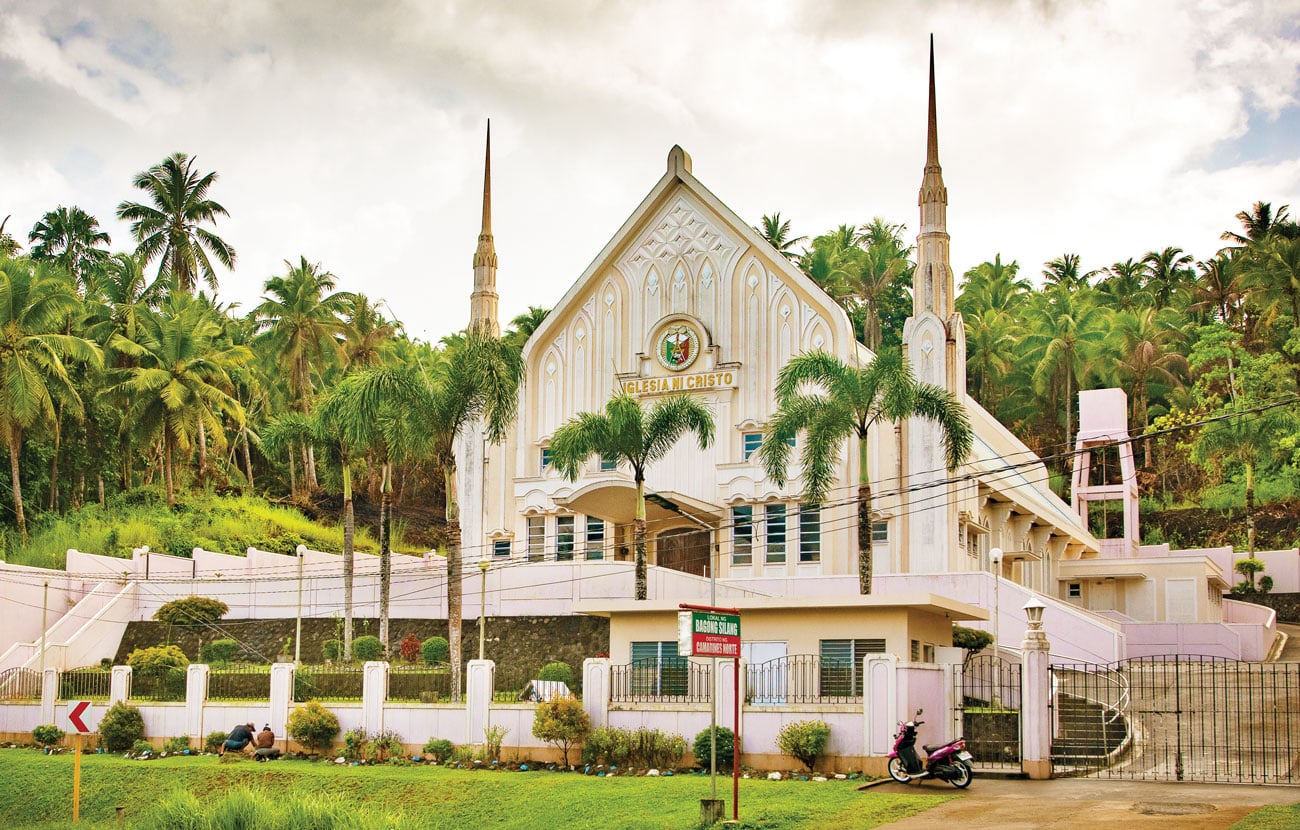
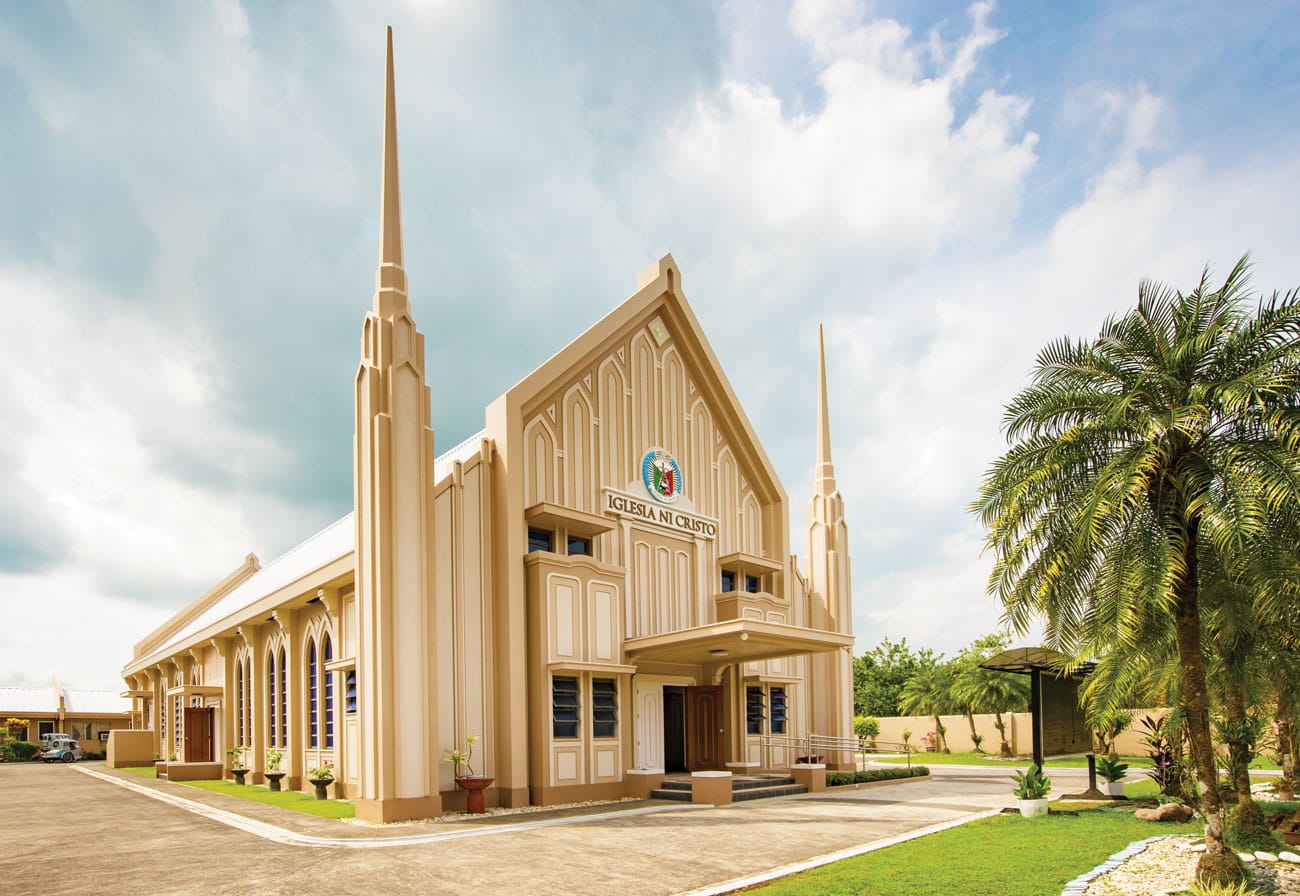
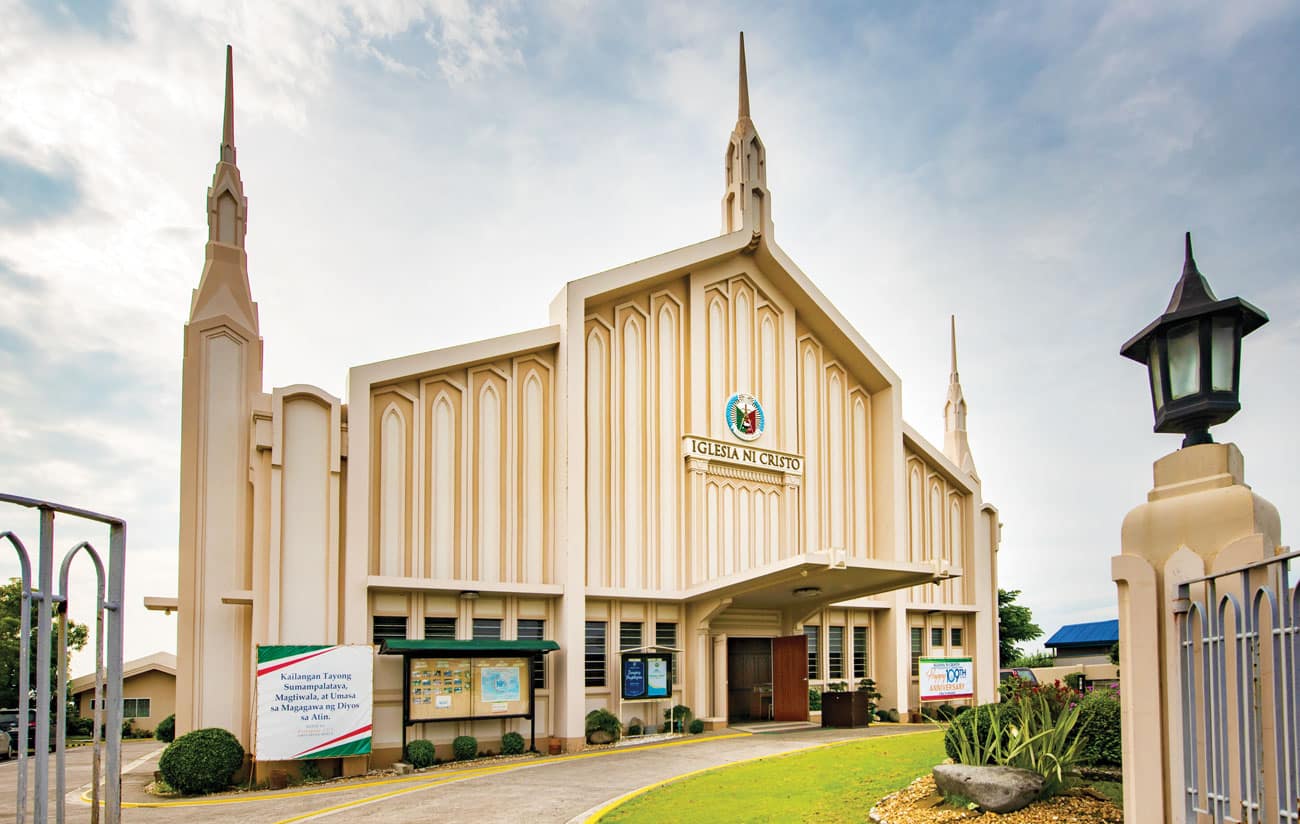
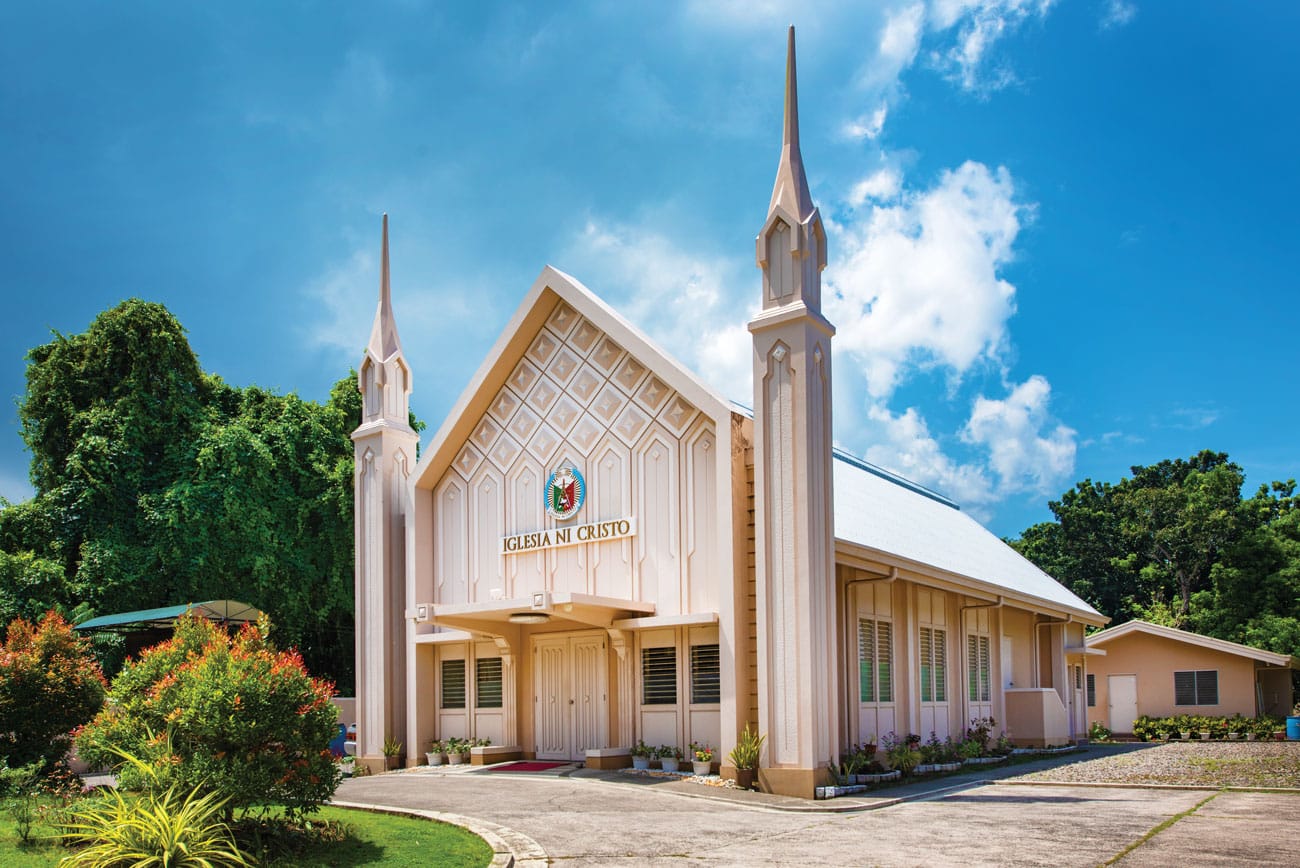
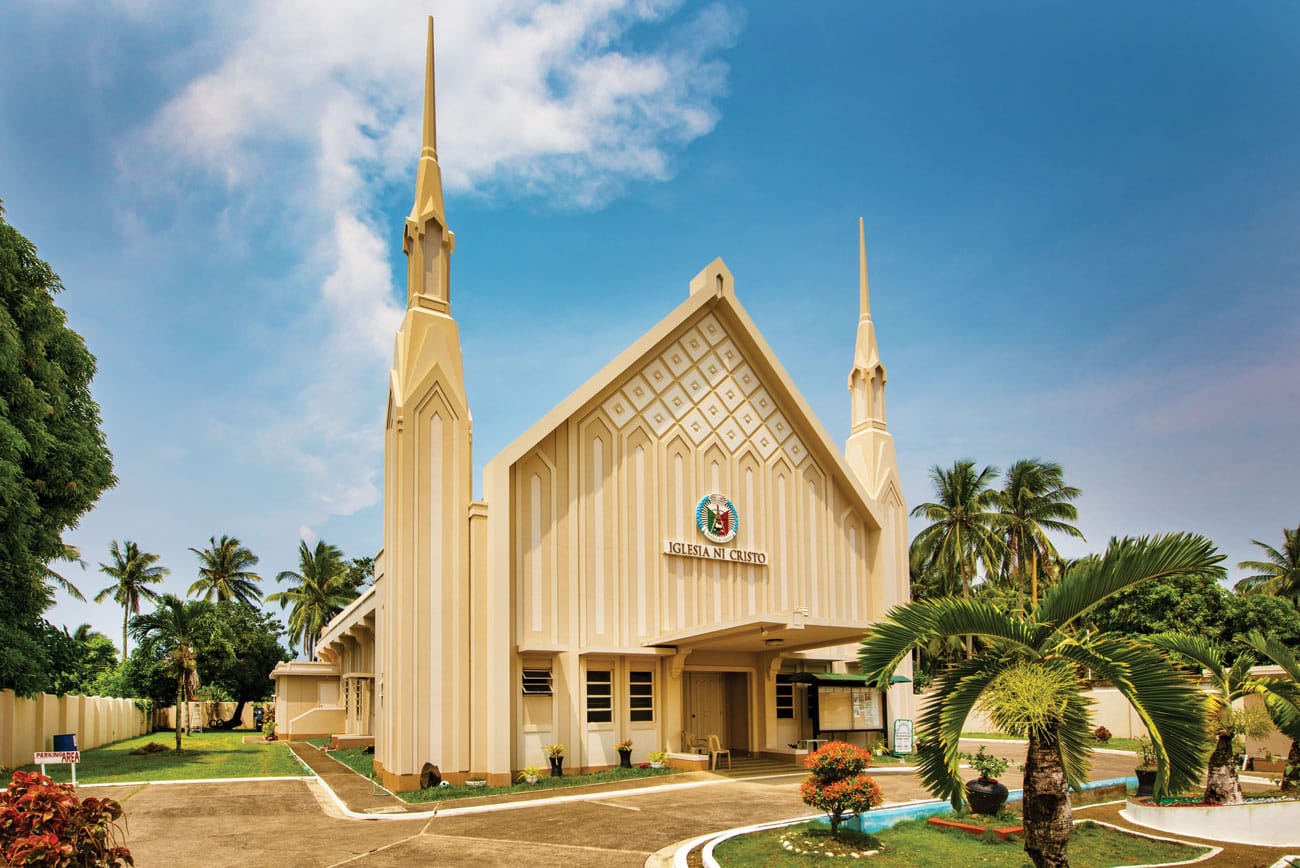
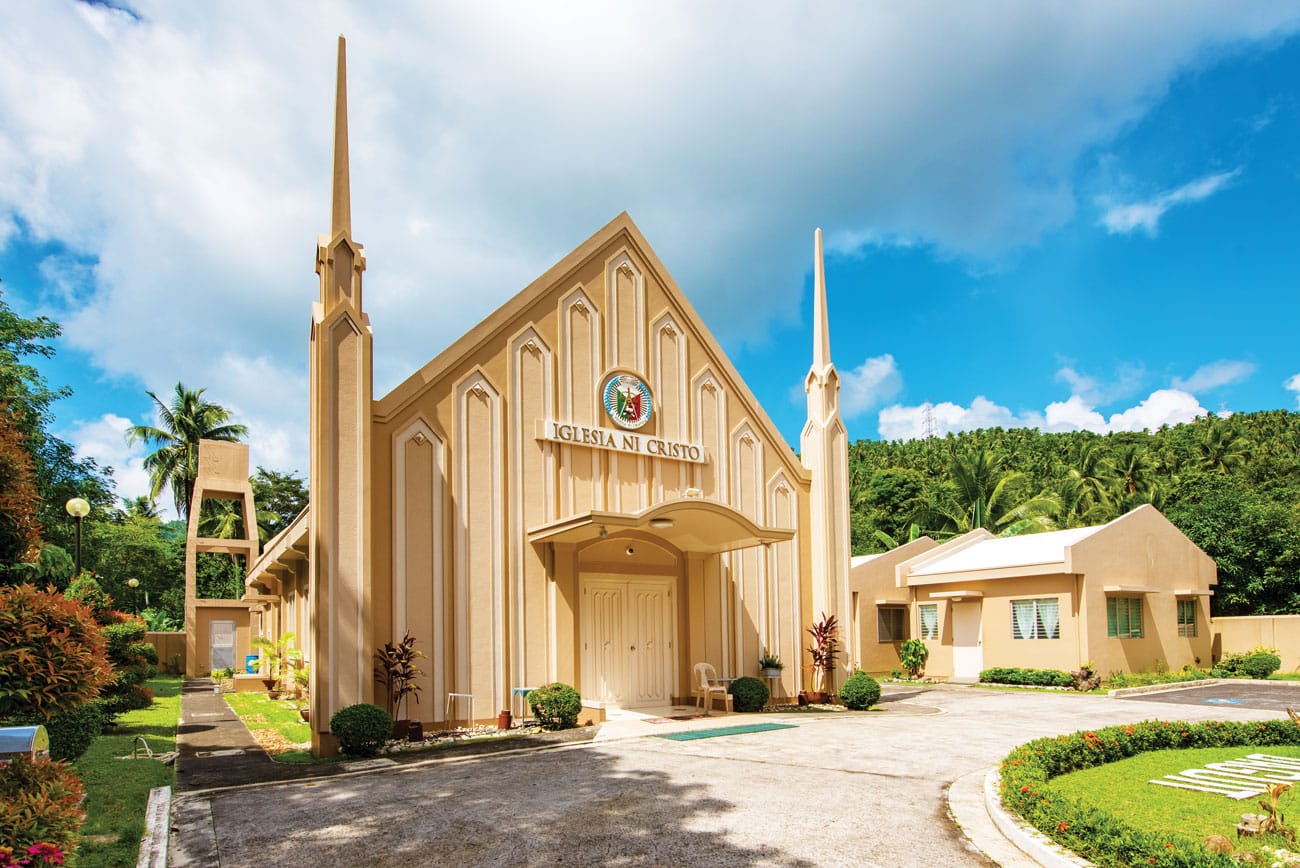
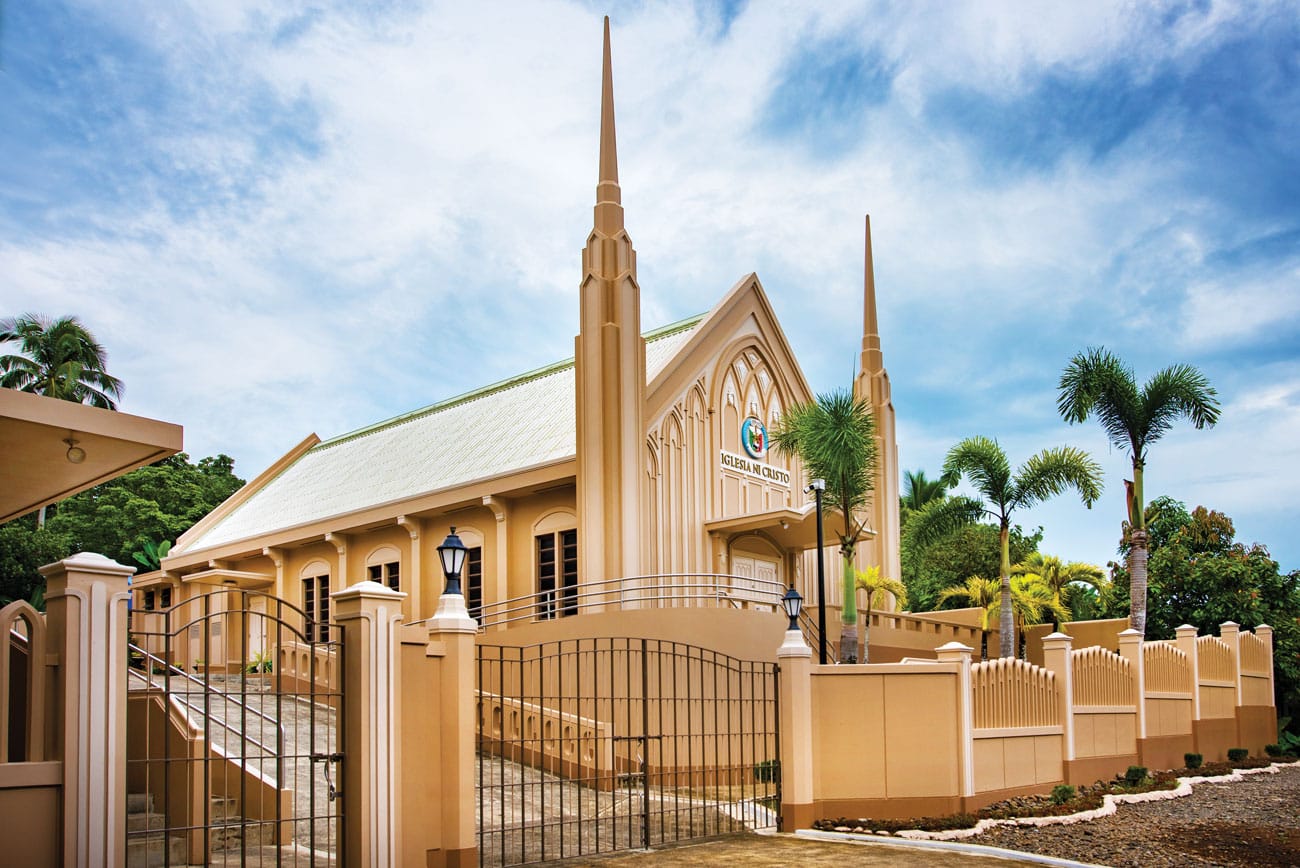
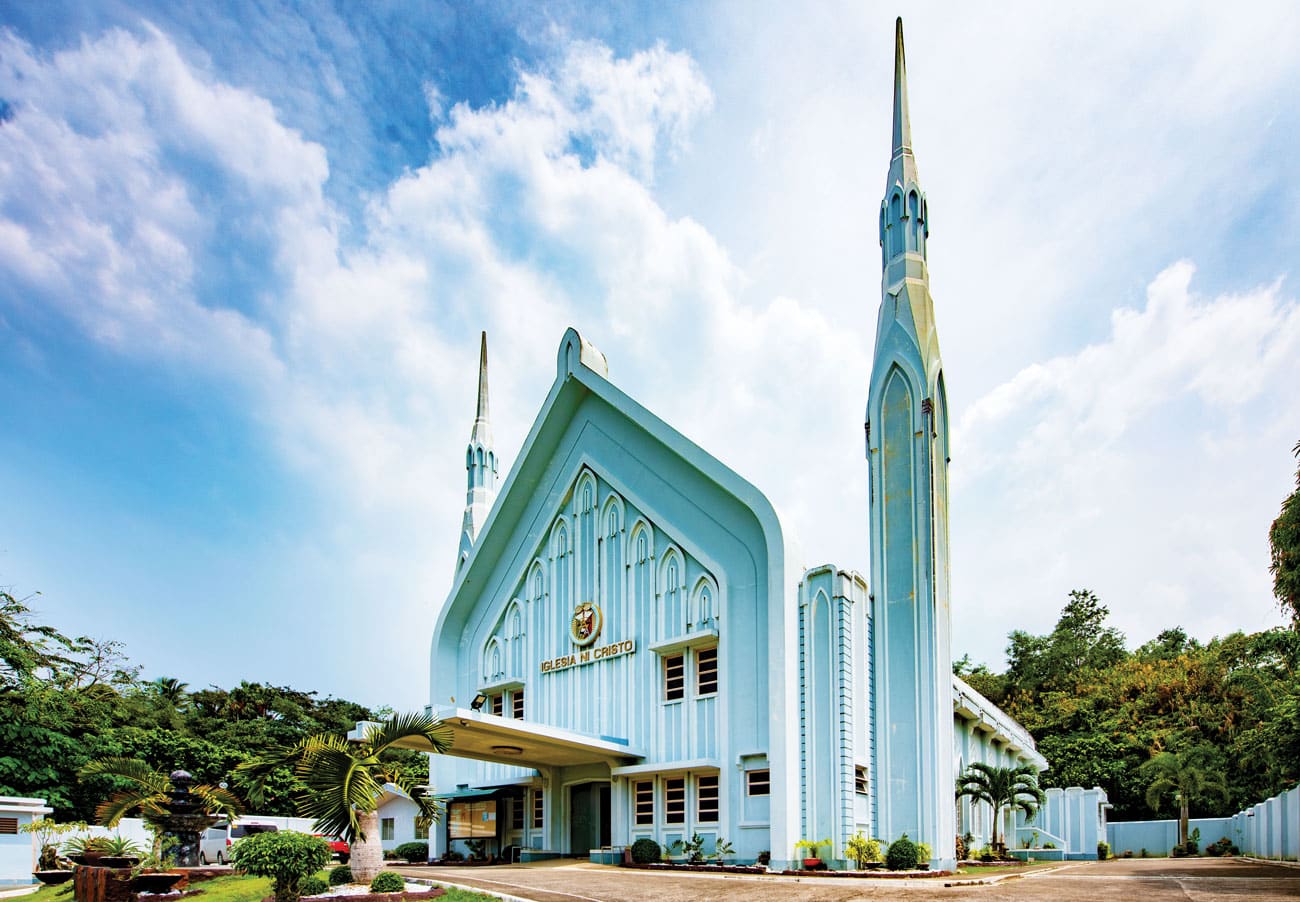
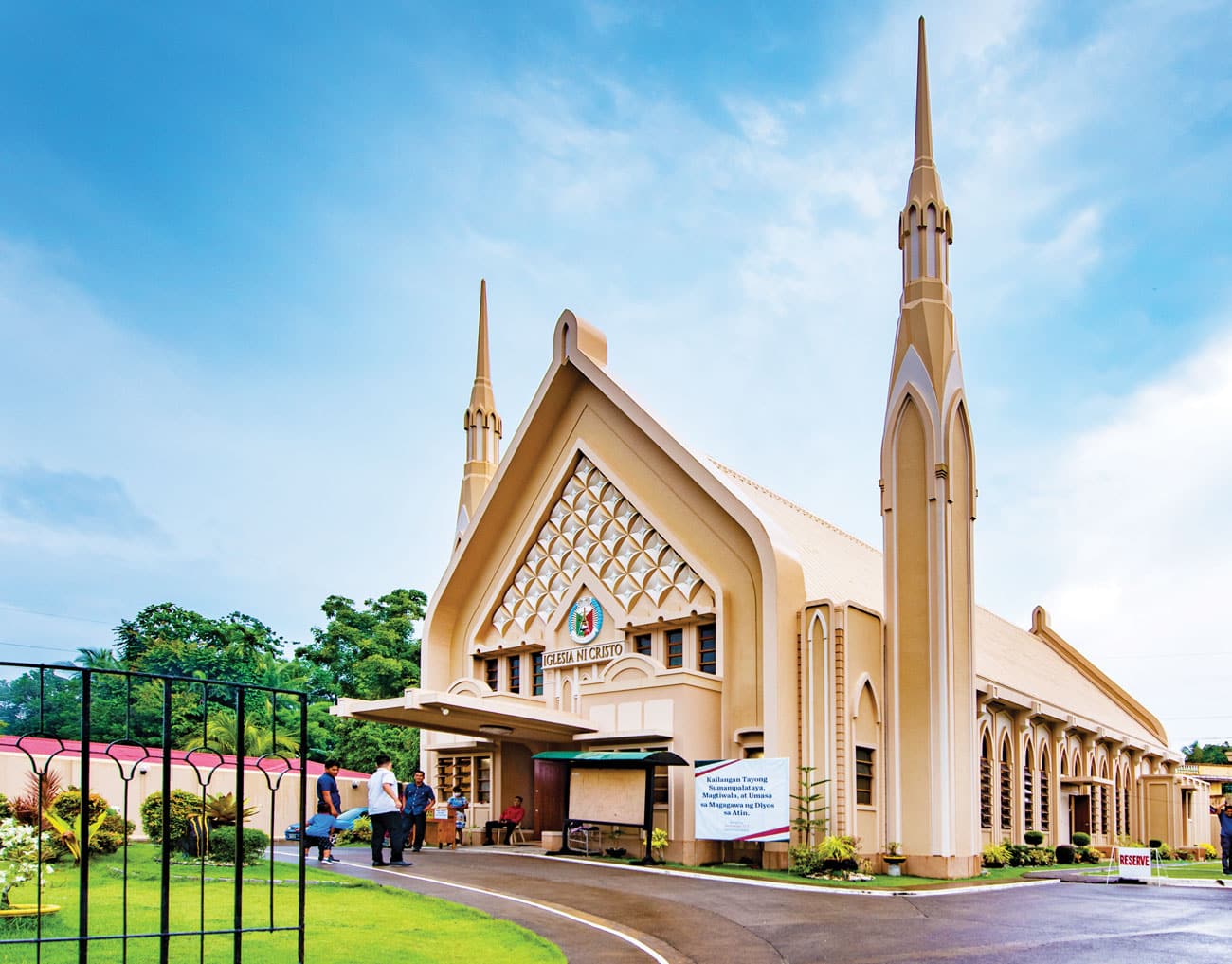
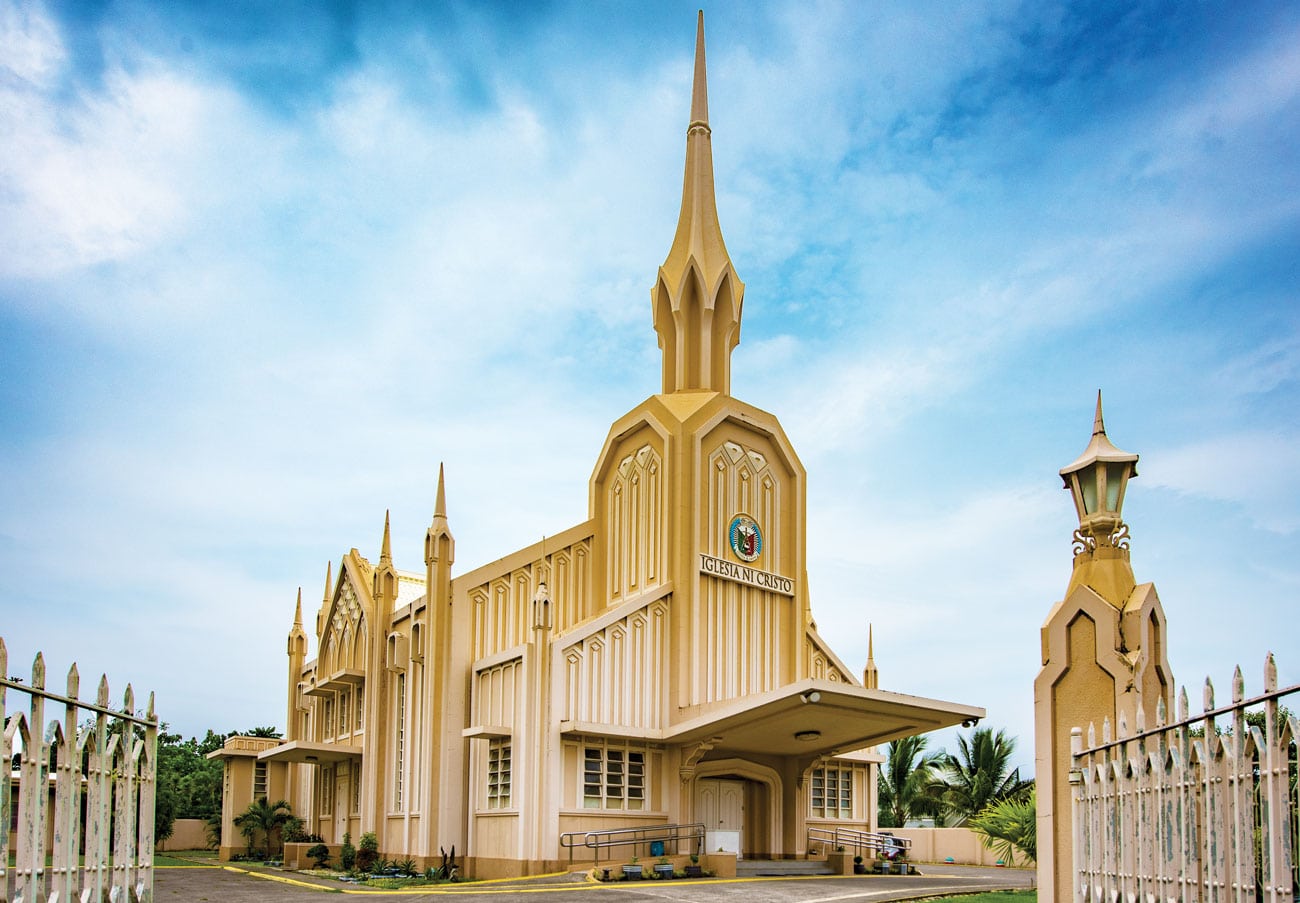
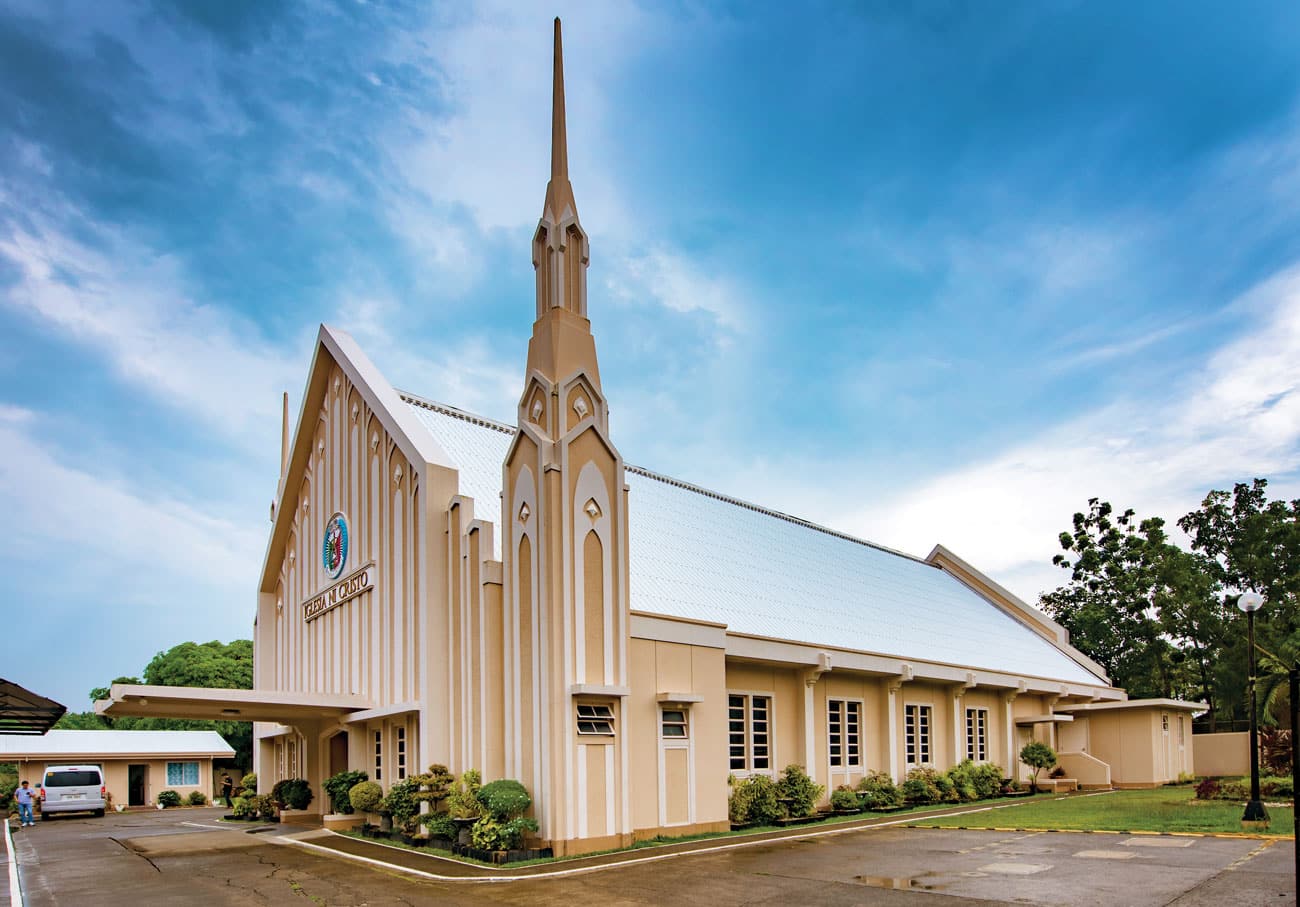
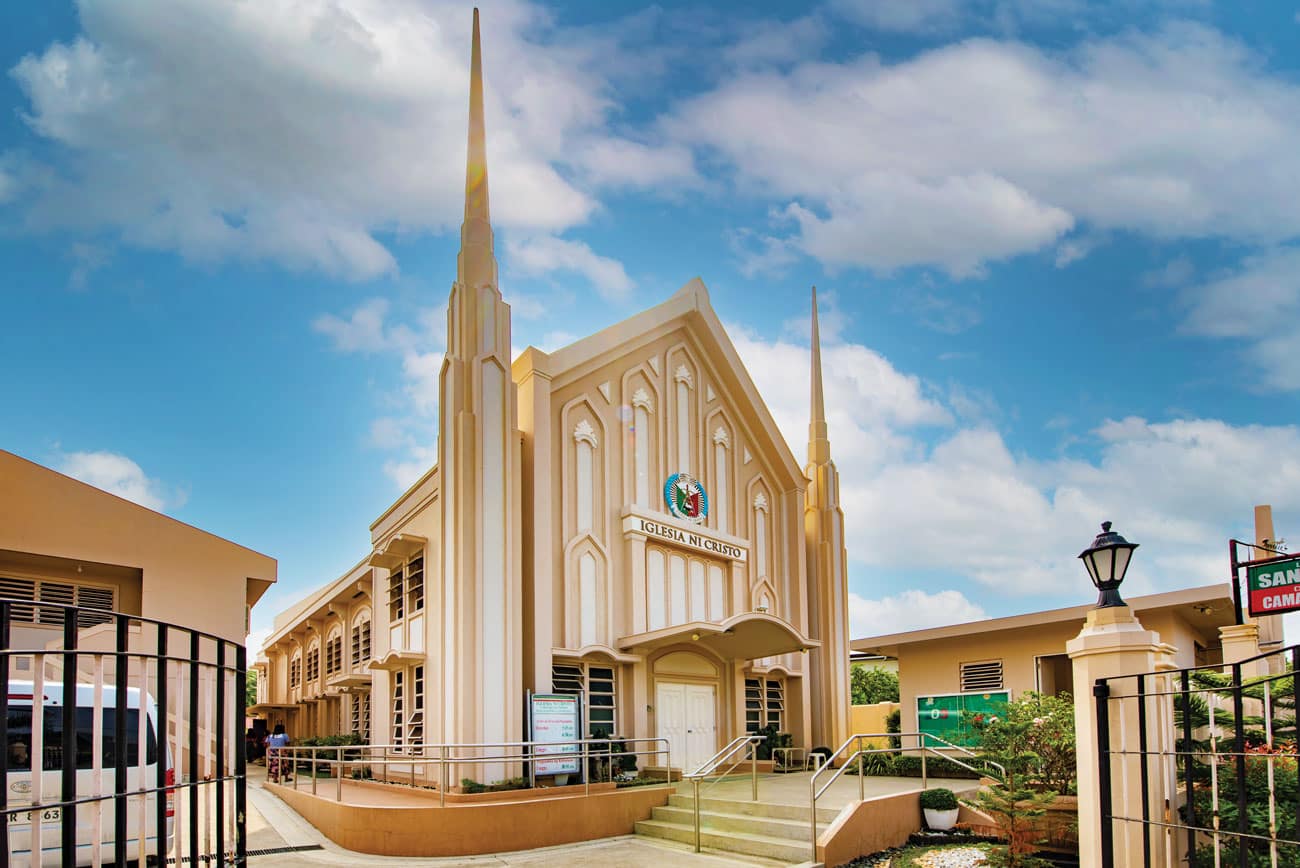
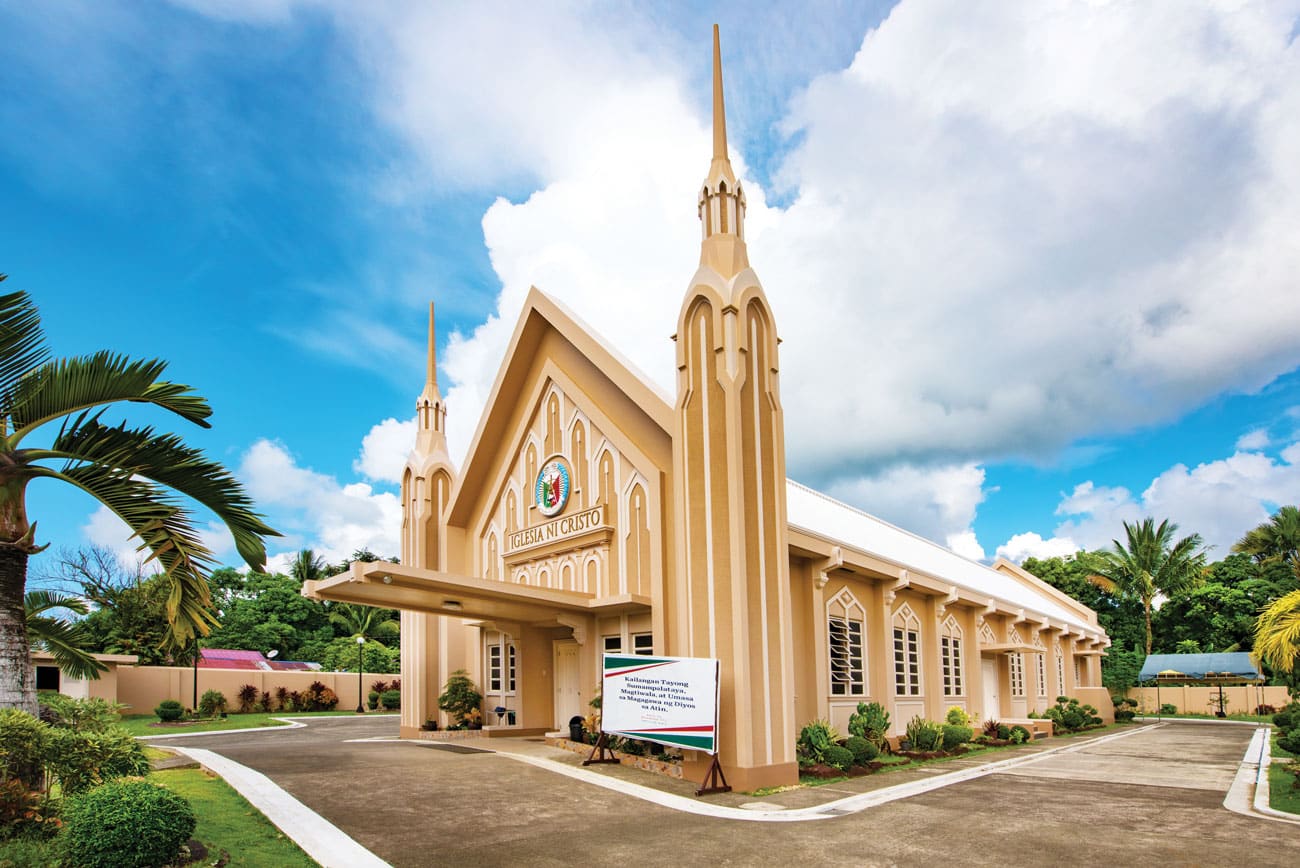
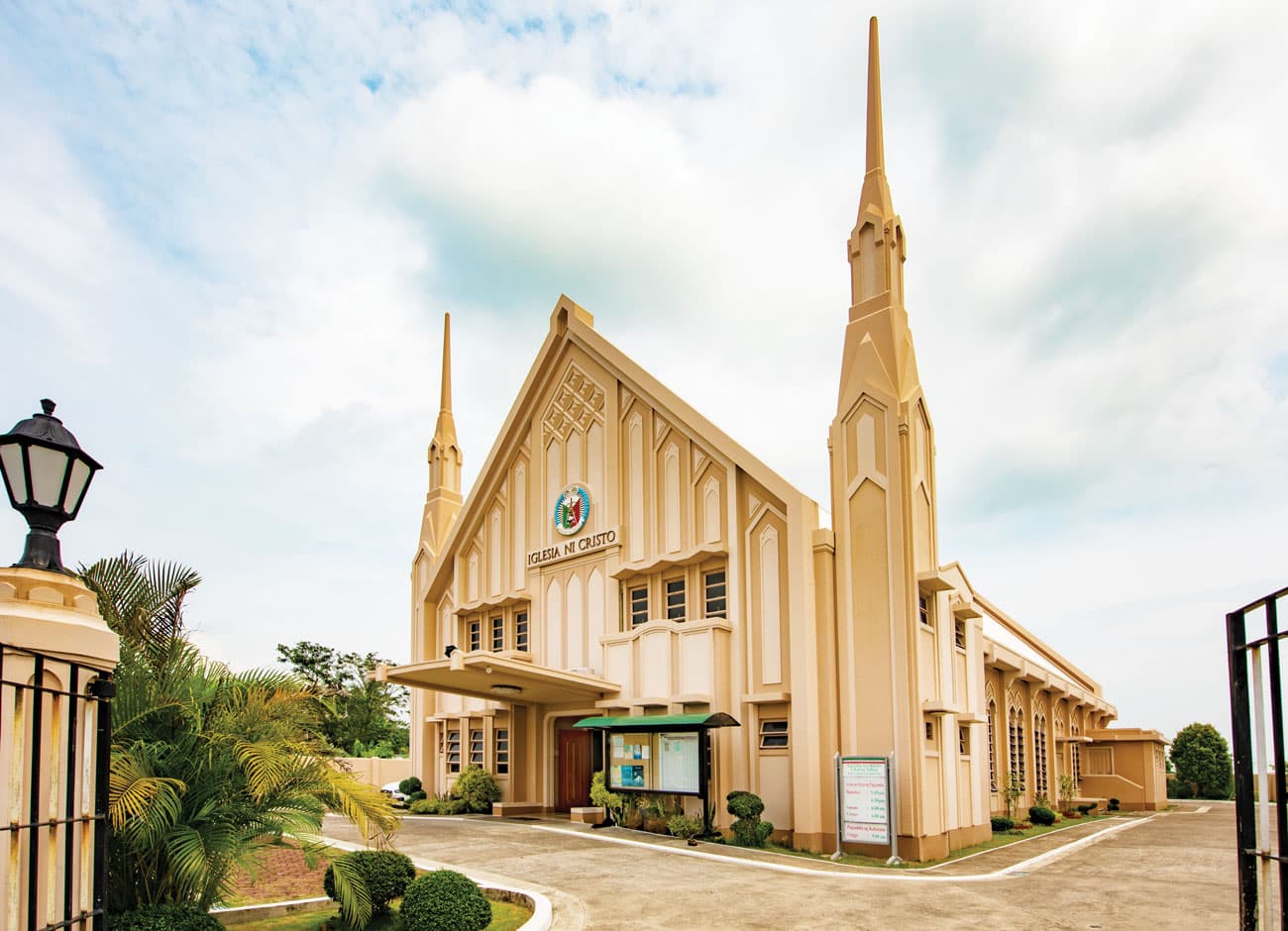
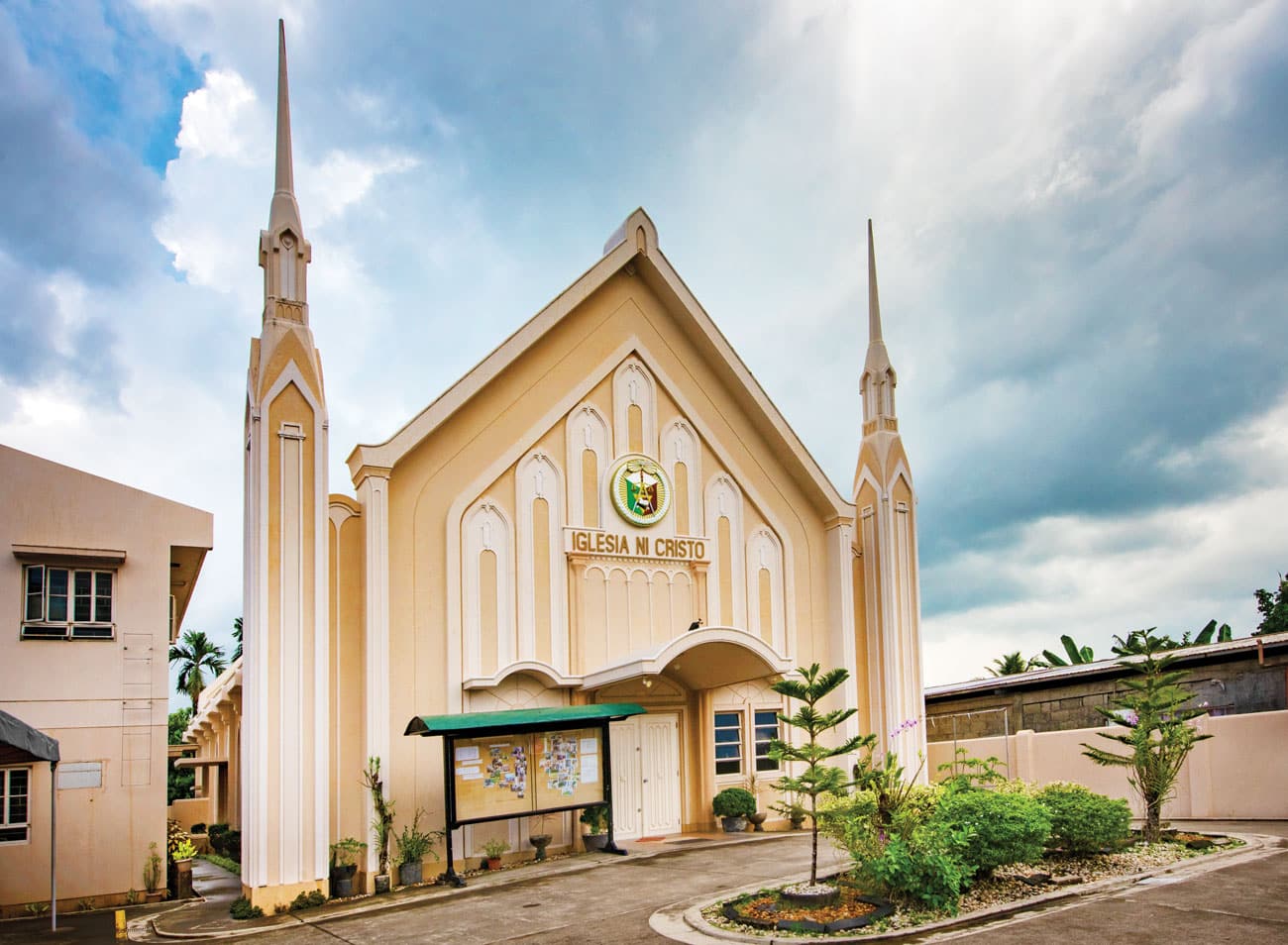
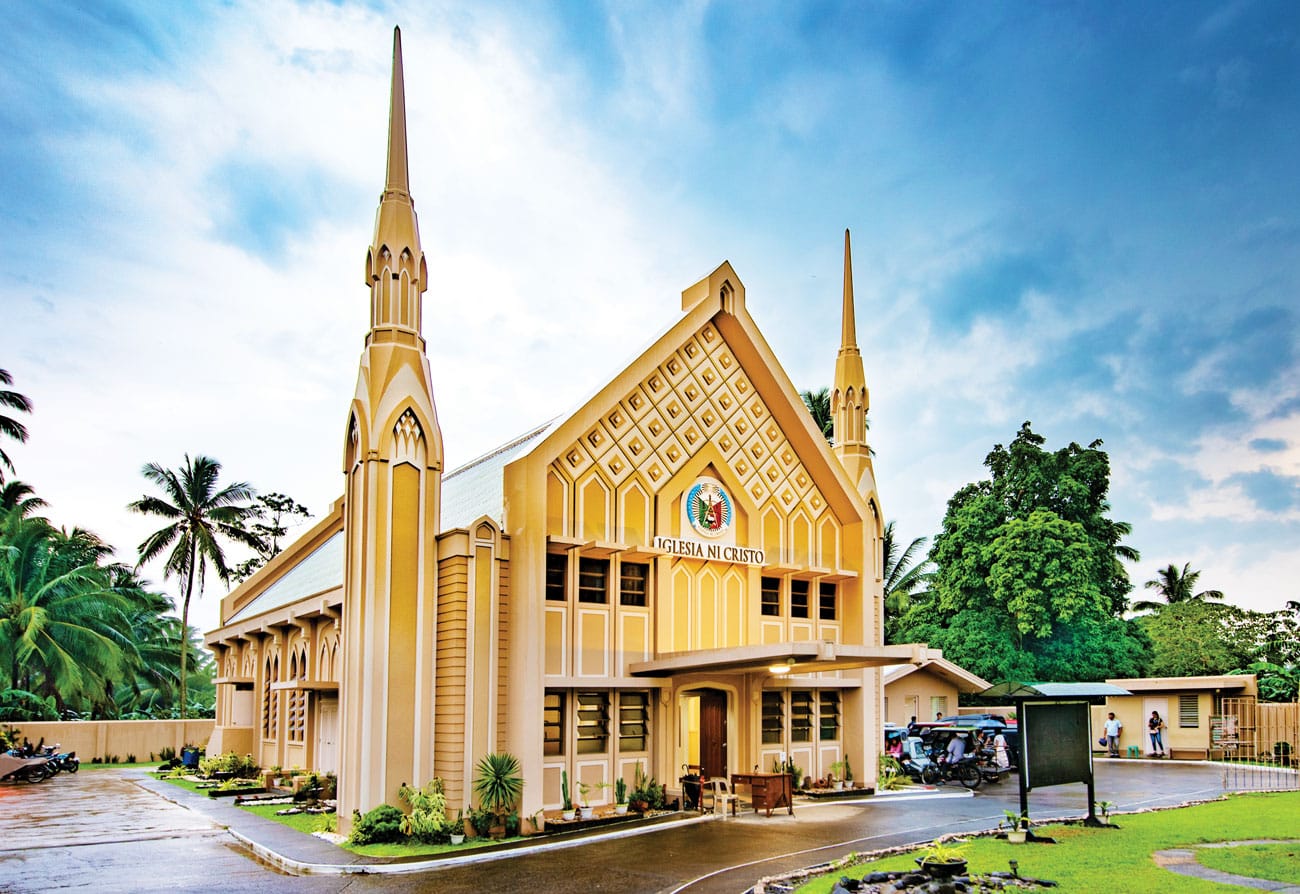
KNOWN AS THE “Gateway to Bicolandia,” Camarines Norte is a province in the Bicol Region of the Philippines bordered by Quezon to the west, Camarines Sur to the south, and the Philippine Sea to the north. Part of what was once called “Ambos Camarines”—the name used when Camarines Norte and Camarines Sur were still a single province (thephilippinestoday.com)—it welcomes people with the region’s rich local heritage, beautiful landscapes, and pristine beaches. It offers a variety of unique delicacies and boasts of abundant natural resources. It is a place where residents experience the simple provincial life as it is surrounded by lush greenery and a healthy environment. The municipalities are close to each other, making travel easy. The residents get their livelihood mostly through mining, fishery, and agricultural industries (camsnorte.com).
Nestled amid the tranquil embrace of nature, Camarines Norte is an ideal retreat from the hustle and bustle of urban life. Here, one can enjoy stunning and world-class beaches and islands, such as Calaguas Island in the town of Vinzons. The province also boasts of natural wonders like Mananap Falls, Nacali Falls, and Colasi Falls. For the adventurous at heart, a good challenge is conquering the heights of Mt. Labo, Colasi Peak, and Mt. Bacacay. The province is also the home of “Queen Formosa,” the sweetest pineapple in the Philippines (7641islands.ph). Camarines Norte is also known for its gold, especially in the municipality of Paracale.
In this province reputed to be a Land of Gold and Golden Opportunities (camnorteblogspot.com), people have also found the true treasure that one should possess—the true faith that would lead man towards salvation and eternal life.
How the Iglesia Ni Cristo (Church Of Christ) found its way to Camarines Norte can be traced back to December of 1947 when Mariano Atencia decided to go to Manila after having read an old issue of the Pasugo magazine that an acquaintance lent him. He understood the importance of the Church and his journey led him to the Local Congregation of Tayuman in Tondo, Manila to continue learning more about the Church.
After his baptism into the Church in January 1948, he went back to Camarines Norte, in the town of Mercedes, to encourage his loved ones and fellowmen to also join the Iglesia Ni Cristo. By March, he made a request to Brother Felix Y. Manalo, God’s Messenger in these last days, to send a minister to lead the propagation efforts and worship services in their area. Brothers Francisco Alma and Ireneo Bacerdo were sent by the Church Administration.
There were baptisms that took place in Mercedes in April 1948. Those baptized included Cipriano Oclares, Esperanza Lopez, Alejandra Marcos, Rodrigo and Mariano Atencia, Dominga Cabrera, Benjamin and Gloria Abion, Alberto and Milagros Mendoza, Conchita Parillas, and the Arellanos―Lolita, Moises, Felisa, and Adelaida.
On May 10, 1948, the first local congregation in the province was established in Mercedes. It was also the day when the first worship service was held with 20 brethren in attendance and it was officiated by Brother Francisco Alma. The sacred occasion was held at the home of Brother Mariano Atencia along Piscador Street.
The work of propagation pressed on, reaching the nearby municipality of Daet. The efforts of the ministers and brethren, such as Jose and Ana Zabala, Vicente Mangubat, and Regina Ifondo resulted in the conversion of 19 more individuals. And so, on August 2 that same year, the Local Congregation of Daet was established, with the house of worship initially situated on H. Dames St. in Barangay IV in the municipality of Daet.
The number of brethren grew rapidly in the province, leading to the successive formation of more local congregations. The cluster of congregations in Camarines Norte was eventually supervised by the then Ecclesiastical District of Quezon II, with Brother Glicerio Santos Sr. as the district supervising minister.
As the salvation work intensifies in the Bicol Region in the Philippines, the Church Administration decided to form new ecclesiastical districts to all the more efficiently take care of the fast-growing membership. With the mercy and blessings of the Almighty God, in just 12 years after the establishment of the first two local congregations in Camarines Norte, 22 more congregations rose—Vinzons and Pulongguitguit in 1949; Basud, Fundado, Caayunan, Capalonga, and Talisay in 1950; Buenavista, Jose Panganiban, Sta. Elena, and Labo in 1951; Angas, Paracale, Nico, San Vicente, and Tulay na Lupa in 1952; Alayao in 1954; Bagong Silang in 1955; Daguit and Guisican in 1957; San Lorenzo in 1959; and San Felipe in 1962.
Taking into consideration such progress, on November 30, 1960, the Church Administration elevated Camarines Norte to the status of ecclesiastical district, with its district office situated in Eco Avenue, Barangay 2 in Mercedes. Its first district supervising minister was Brother Bonifacio Adona.
With the growing membership in Daet, the capital of the province, the need for a new house of worship arose. A parcel of land was acquired by the Church along H. Dames Street in Barangay 2 , and a chapel with a seating capacity of 300 was constructed there. It was dedicated to God by no less than Brother Eraño G. Manalo on August 21, 1961. The district office was also transferred there where it remained until 1980.
Eventually, the Local Congregation of Daet, as well as the district office, relocated to Pasig Street in Barangay 2. A new house of worship that can seat 1,300 worshipers at a time was dedicated to God on July 21, 1980, with Brother Teofilo C. Ramos Sr. officiating at the holy occasion.
The Ecclesiastical District of Camarines Norte is truly thankful to the Almighty for the unending care of the Church Administration. Brother Eduardo V. Manalo visited the district to personally see and know how the members were doing on May 29, 2015. On the same occasion, an ordination of new ministers was held at the Local Congregation of Daet.
Just a few months later, on November 10, the beloved Executive Minister returned to the district for the inauguration of the Bakal Eco-Farming project and the dedication of the house of worship of the Local Congregation of Bakal. Most of the brethren there are from the Manide Tribe.
Even in remote and hard-to-reach places in Camarines Norte, the Church Of Christ has already set foot. Extensions emerged from Paracale to Calaguas Island and from Daet to Caringo Island. There are also worship services in the islands of Mangcawayan, Apuao, and Quinapaguian. As of this writing, 18 group worship services have been established, eight of which are situated in far-flung areas.
The Camarines Norte Ecclesiastical District also consistently participates in activities that benefit the community. The district conducts tree planting activities, clean-up and blood donation drives, and Welcome, Kapatid Ko (Welcome, My Brethren)—an activity for newly baptized members, doctrinal instructees, and prospective members.
With the guidance of the district leadership, the brethren in Camarines Norte vow to be always united in strengthening each other’s faith and show their concern for those who are not yet members of the Church. They will never tire in upholding the work of salvation and fulfilling their duties to the Lord God.